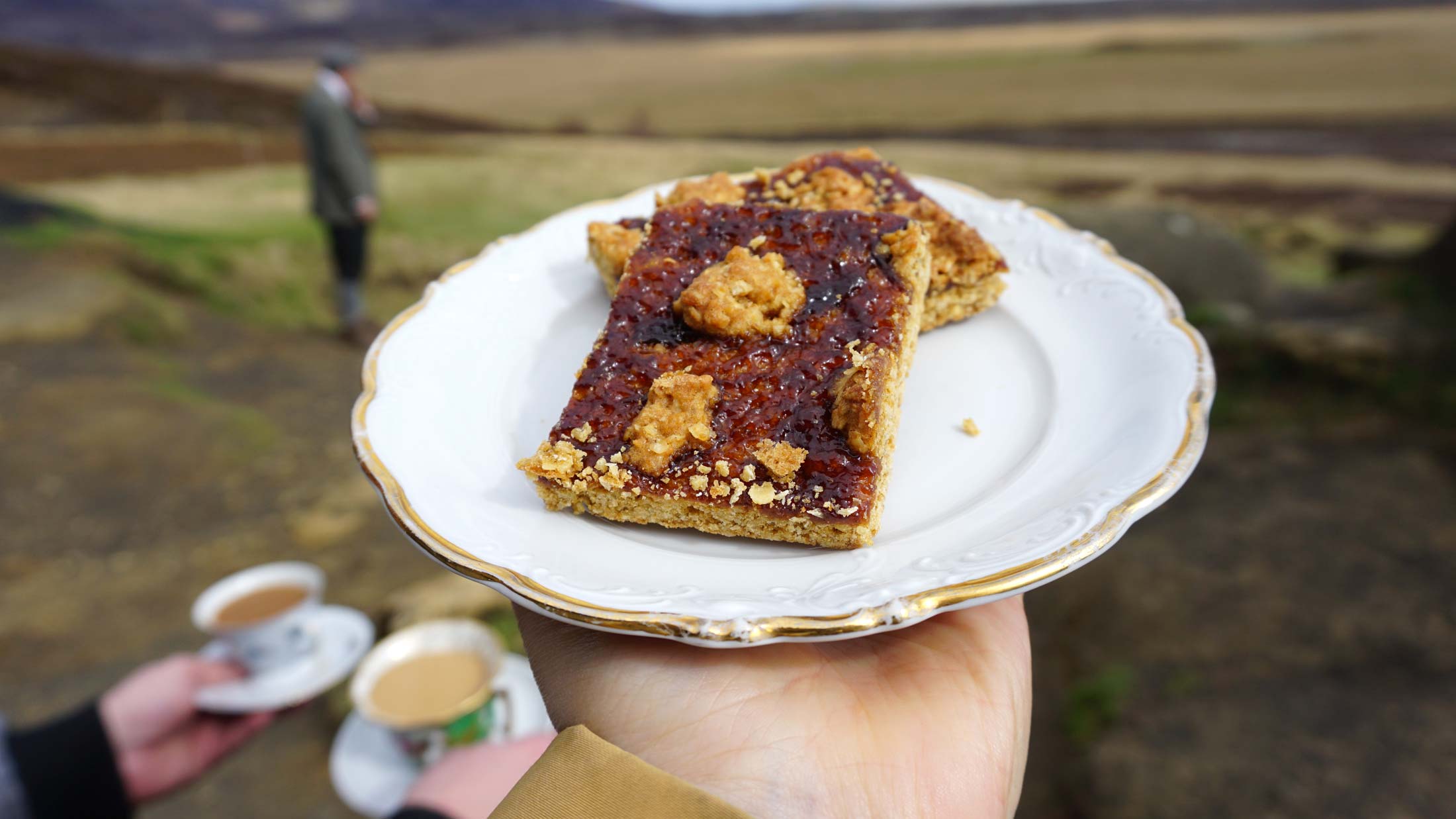We were just in the middle of a tour of the famous Golden Circle near Reykjavik. Tempted by the advertisement hanging by the main road between Þingvellir and Laugarvatn, we went down on the gravel path to the Laugarvatn Caves. “The cave people” looked interesting.
Laugarvatn Caves – “The cave people”
After about two kilometers we arrived at a parking place. Next to the car park, there was a big excavator like on a construction site and a path leading to a house, visible in a short distance, glued to the surrounding slopes. At least that’s what we thought at the beginning. We came closer and it reached us that from afar we saw not the house, but only its front wall, because all the rest was hollowed out in the solid rock. “The cave people” – suddenly it made sense.
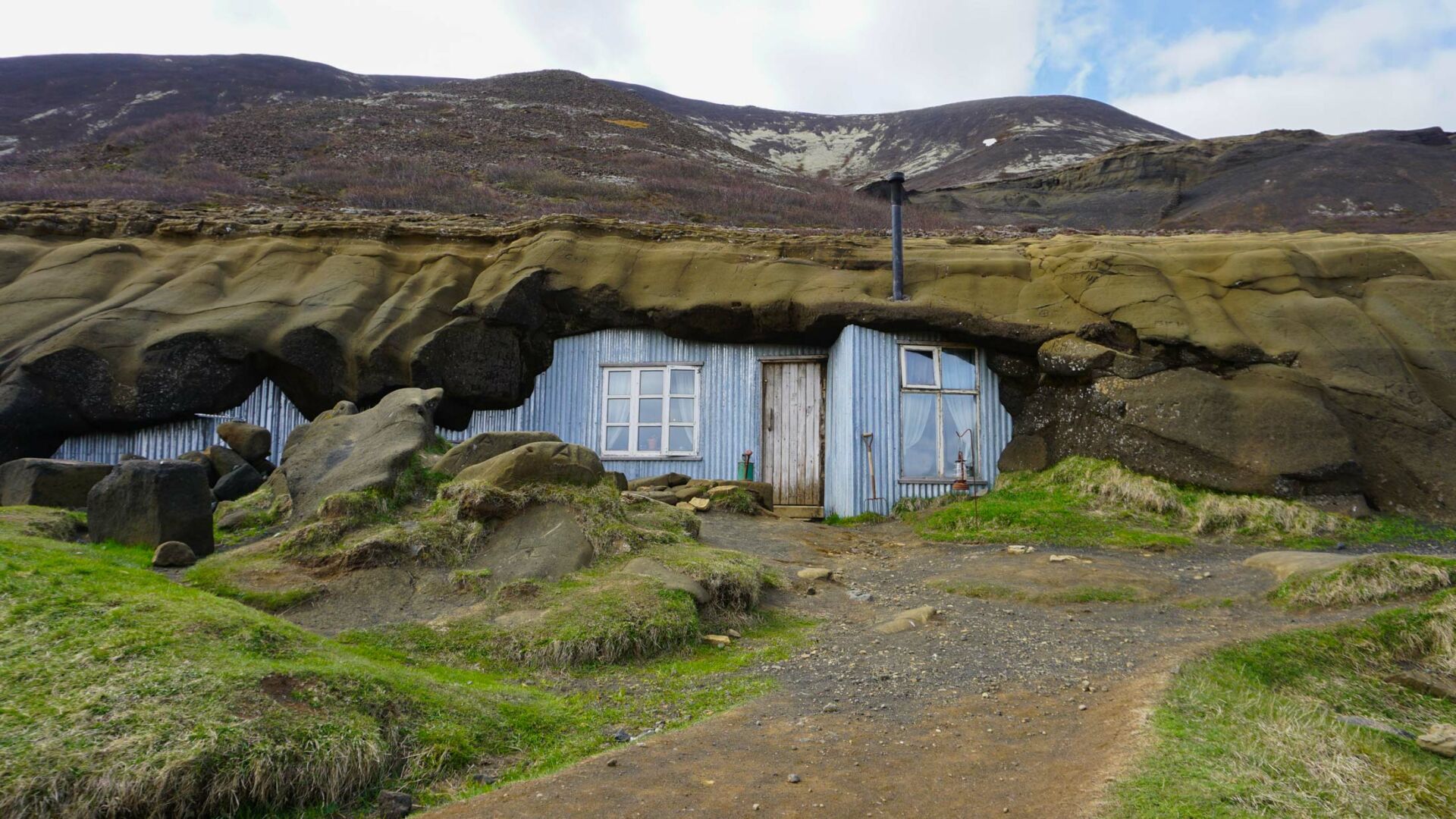
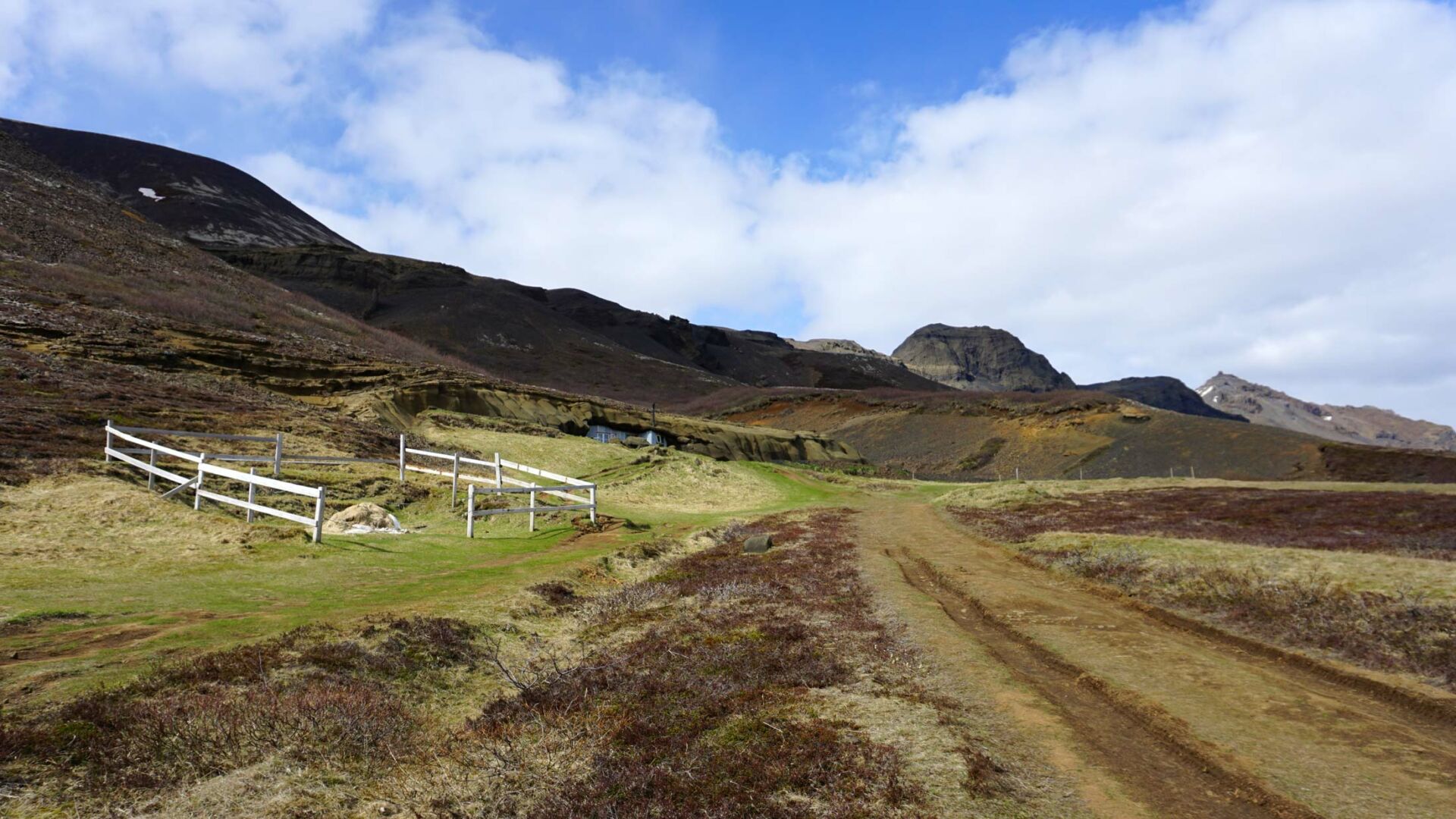
Come here guys, come here! – called out to us, dressed in a costume from the beginning of the 20th century, a man standing at the entrance. – We are just starting our tour of the cave, which was inhabited by people in the previous century.
Slightly confused, because nobody asked us to pay for anything, as it is usually on Iceland, we went inside with a guide and four other tourists. What was the first thought, when we were still going in, which came to our mind? “How can someone live in a cave?” Well, as it turned out, it was quite cozy and nice. A small room carved in the rock, maybe 4 by 4 meters, housed 2 beds, including one for children, a small chest of drawers, a table, chairs and a stove heating the room with a tin fireplace protruding beyond the wall. A barrel of water stood by the stove and shelves with dishes, pots and small everyday utensils hung on the slightly mossy walls. The whole was complemented by curtains, an embroidered serviette on the table and a flower.
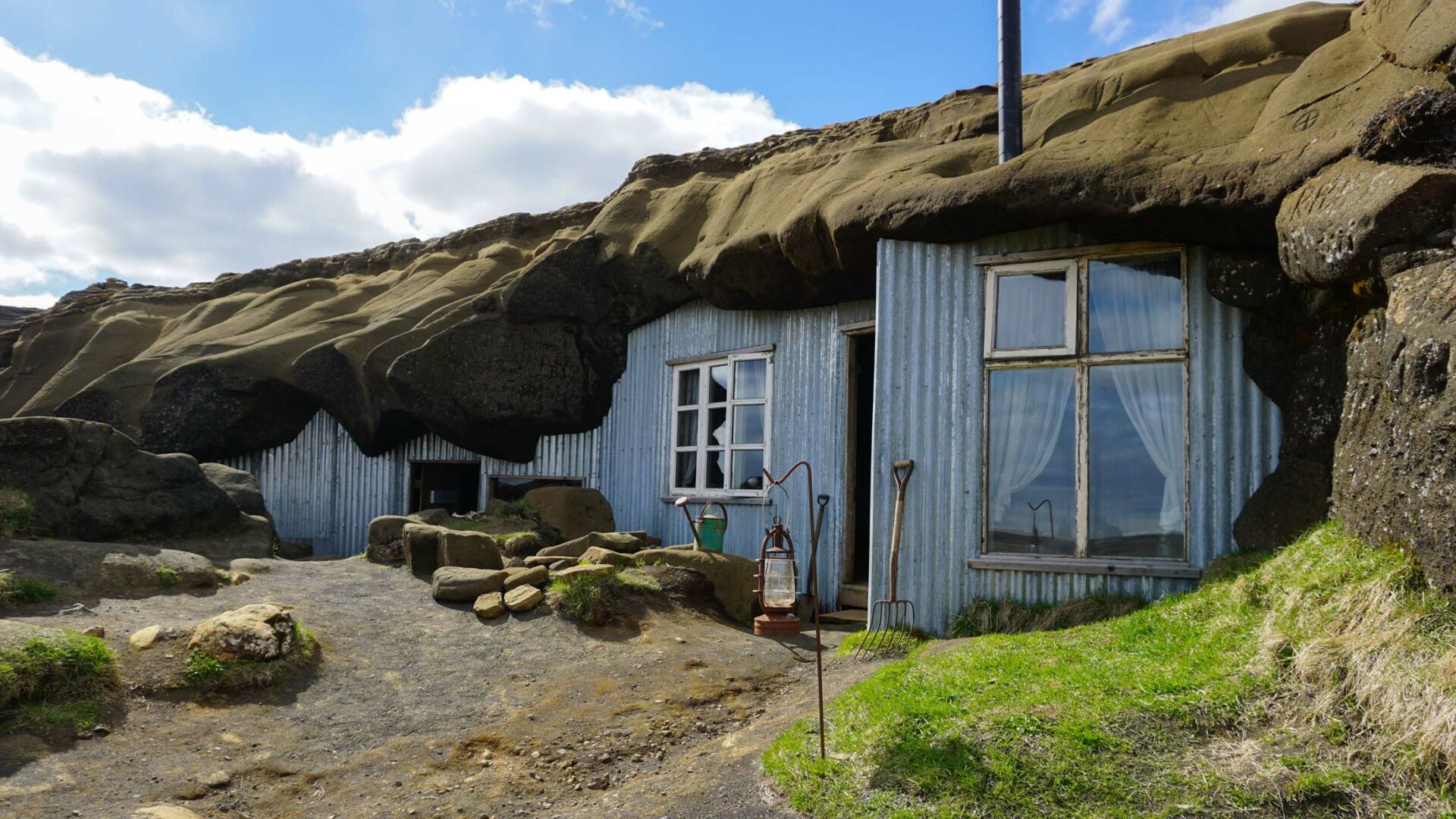
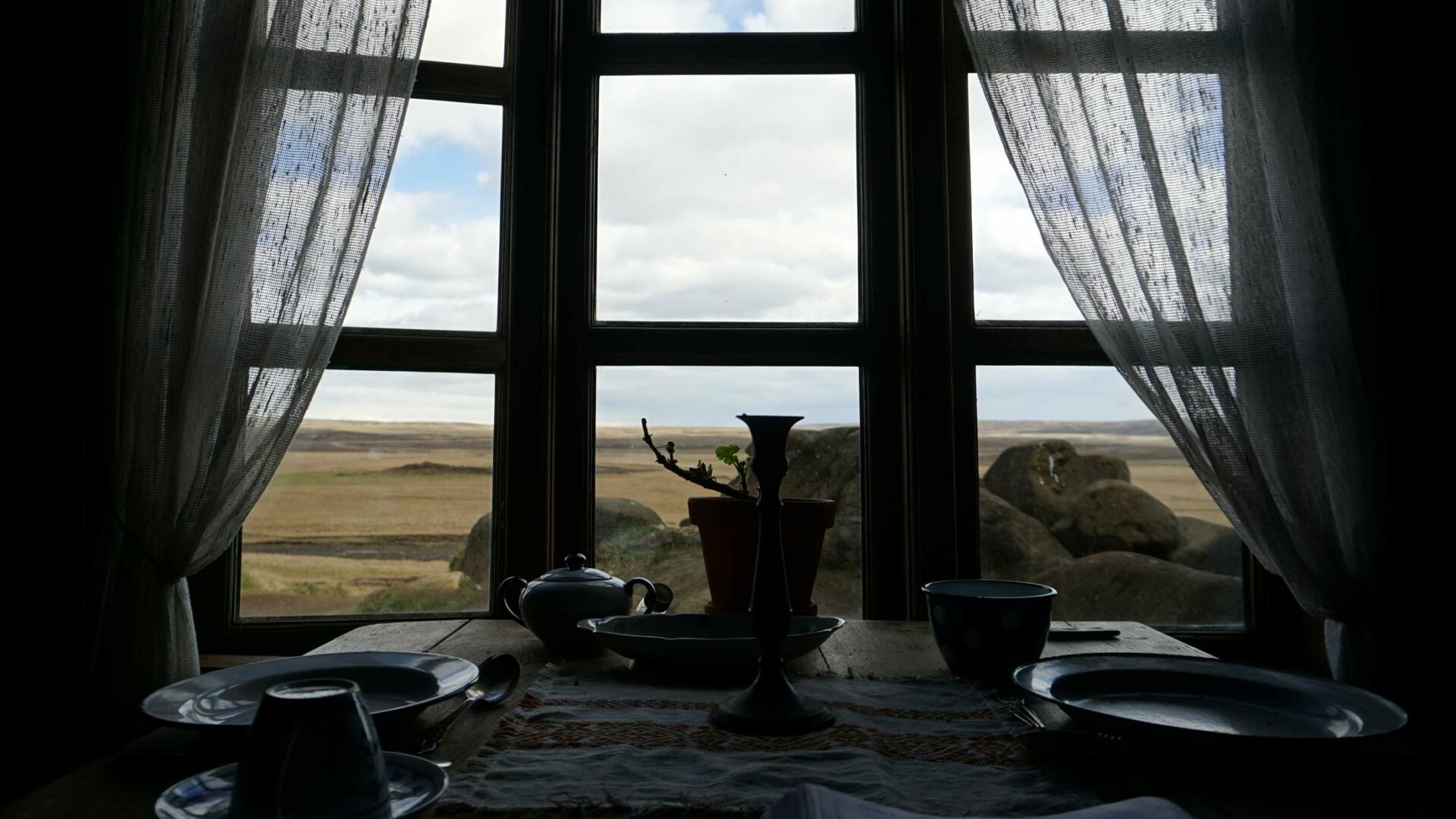
No sources reveal who forged the cave itself, although it is certainly made by human hand. Some suggest that was a group of Irish monks, before 874, but there are no documents to support this assumption. For centuries it has been used by shepherds, who sometimes kept their sheep here, or by travelers seeking shelter at night on their way to Reykjavik. – The guide continued his story. – Icelanders believe that the cave is inhabited by elves, as evidenced by the story of a shepherd who tried to spend the night here with his sheep. He wanted to ignite a fire many times, but the fire was extinguishing all the time as if annihilated by magic. Finally, tired, he fell asleep, but in the middle of the night, something started to pull him by his legs. In horror, he took his animals, ran away from the cave, claiming that he would never sleep in this haunted place again. However, when he reached his destination, Laugarvatn, it turned out that the area where the cave was located was hit by a massive snowstorm that lasted for many days. If he had not left in time, he would have died of hunger and thirst. Then he realized it wasn’t the spirits who wanted to scare him, and the elves living in the cave wanted to save him from the inevitable death.
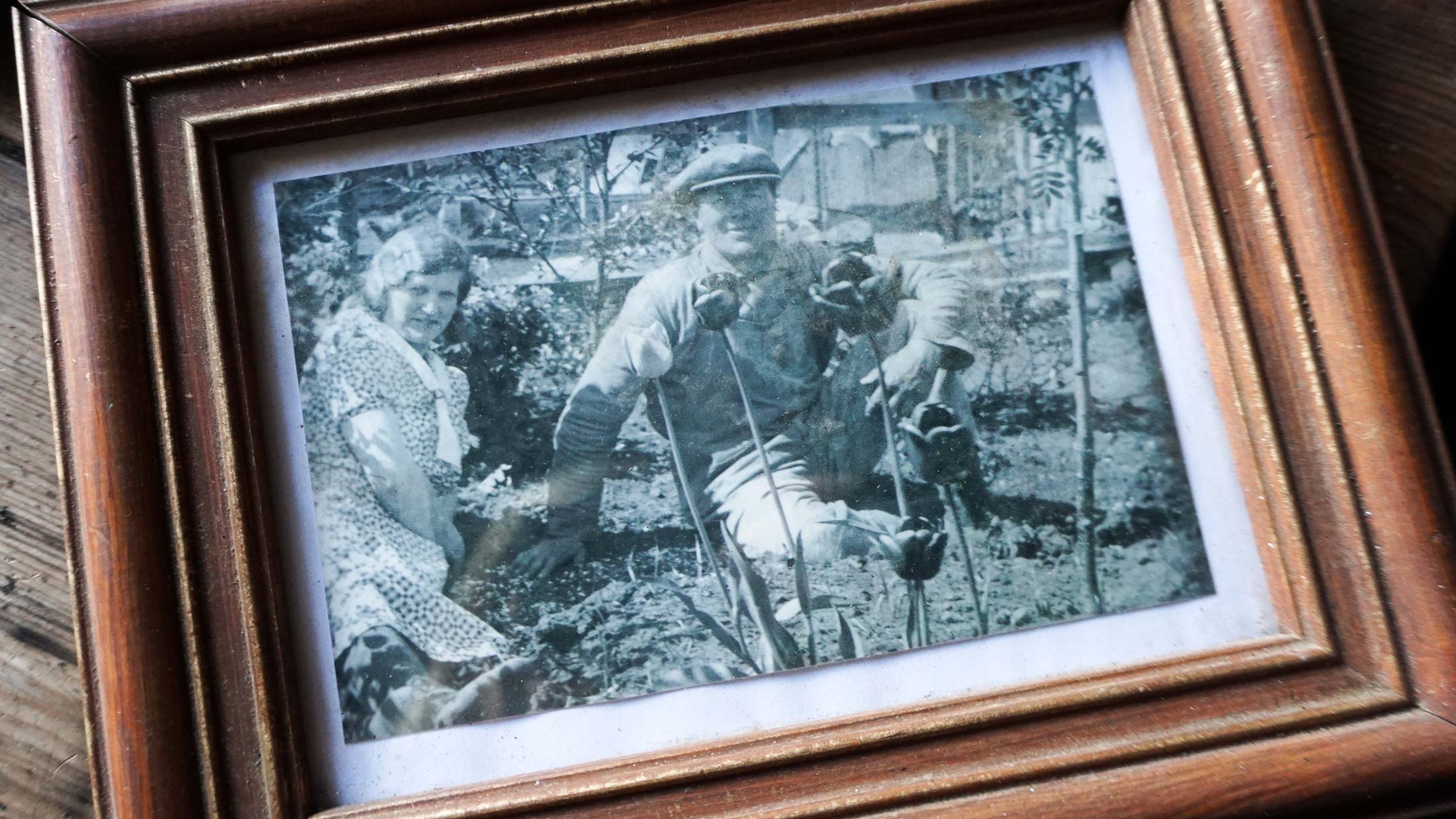
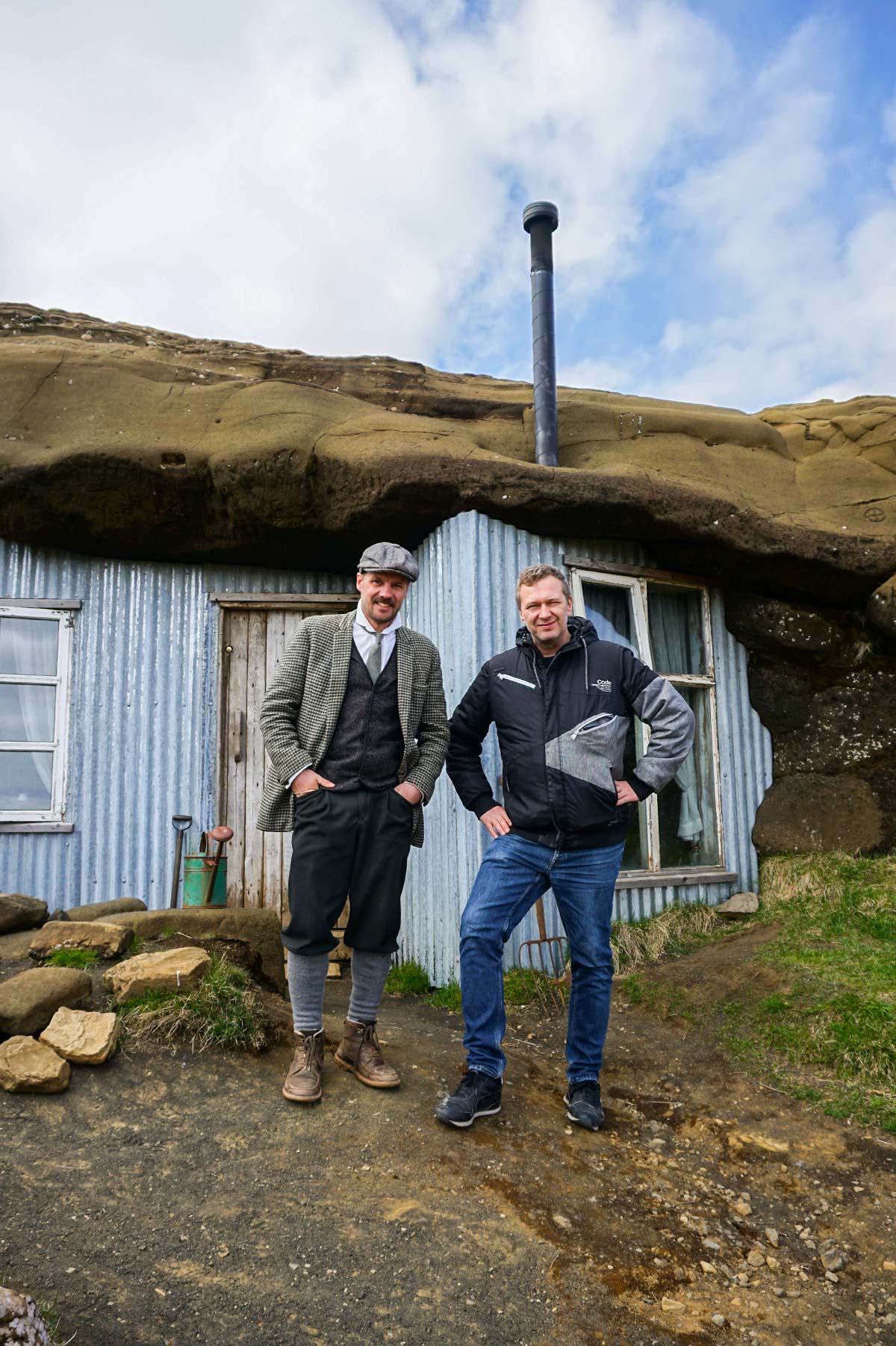

Laugarvatn Caves and their extravagant inhabitants
In 1910, the cave was used by the carpenter Indriði Guðmundsson. He built a wooden front and back wall and enlarged the whole room. He lived here almost all year round with his newly married wife Guðrún Kolbeinsdóttir. This small room served as their bedroom, dining room and kitchen. The back wall of the planks concealed a tiny, completely dark room for sheep and cows kept here during the winter. During the summer the animals were released to pastures, but unfortunately, due to the long stay in complete darkness, they lost their sight.

Seven years after Indriði left the area in 1918, the cave became home to another young couple – Jón Þorvarðsson and Vigdís Helgadóttir. They lived there for more than 4 years. During this time, three of their children were born there – two daughters Raignheiður and Hrafnhildur Asta and their son Magnus. They cultivated potatoes, bred animals, hunted grouses and sold the fruits of their work in Reykjavik. During the summer, they also hosted travelers, wandering between the capital of Iceland and the already popular waterfall of Gulfoss and Geysir. They earned their living by offering them coffee or baked goods from Vigdís in a tent set up especially for this purpose by the cave. Kristján X, the king of Iceland and Denmark, was certainly one of the most distinguished guests, whom the couple hosted with an Icelandic skyr in 1921. Often later they remembered the times when they lived in the cave. They considered them to be the most beautiful period of their lives. An old and well-known saying, but how true it is – money, or material goods, does not give happiness at all.
Even today’s owners of Laugarvatn continue the old traditions by offering visitors a homemade cake and coffee. The fee is pretty high, although, for such a nice time we spent there, we were able to pay much more. We have not told all the stories of this place, we leave them so that you can hear them live because it is really worth to go there, and visit “the cave people”
